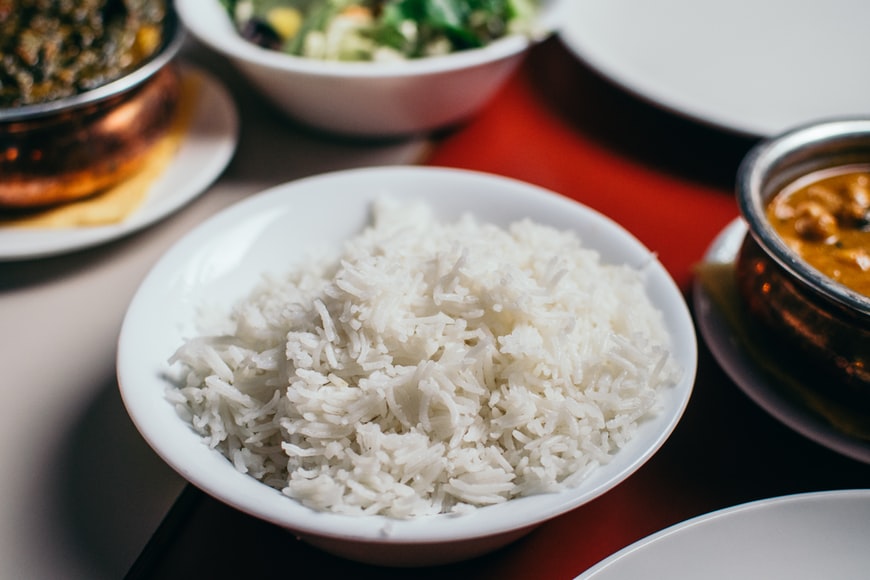When seen from a distance, the home stands on a hill, its red tiles creating uneven patterns in the patchwork of green that stretches to the horizon. We return to our house in Thiruvilwamala, a highland village, every summer just before the monsoons wreak havoc in the baked landscape.
To get to the house where we’ll be staying for the next 2 months, we’ll have to hike across a red clay landscape dotted with drying clumps of rice, traverse bunds that cut through the fields, and avoid any supine snakes that may cross our path along the way. With our luggage on their heads, paddy workers nimbly race over the fields, their mood joyful because we’ve just arrived from the far north. Our arrival shattered the tranquilly of a rural existence. During the following two months, my brother and I shall enjoy ourselves to the fullest extent possible.
Large, dark, and airy, the mansion has a plethora of rooms, some private, others shared, and some that are only known to the residents. The open extension next to my parents’ room on the top floor of a house was one of my favourite places to hang out. The annex was reached through a spiral staircase built of flat beams of strong wood. There was a dilapidated Singer sowing machine facing a window facing the fields in the centre of this room. Toward the back of the room were two aged boxes: one was made of metal, others of leather. Every single one of them included yellowed pages from my father’s childhood, filled with caricatures of his teenage anguish and wants, as well as half-formed emotions scrawled on the edges of moth-eaten Tagore and Shakespeare, like a swarm of angry red ants. After finishing my father’s books, I would curl my fingers around the grill and gaze out the window at the coconut and rice fields. I enjoyed watching passersby through the green kaleidoscope’s gaps on the bunds.

For some reason, I’ve always had a fascination with voyeurism. When these folks approached us, the wind would convey their remarks, some of which would be lofty and others that would reassure us. The gate will creak open & footsteps would be heard mounting the black stone stairs, but I knew this before anybody else did.
My grandma used to cook kanji, a crimson rice porridge, on occasion. Seeing our aunt plucking ripe leaves from the jackfruit tree would tell us it was time for breakfast. There was only one way to get kanji, and it was to make a spoon out of these leaves. We farmed our own rice, drank milk from cows that has had names, and raised calves that had identities as well. We also had our own goats and sheep. There were many times when my maternal grandmother would churn ghee from curds and soon the silky and mellifluous aroma of the ghee would permeate into every cell in the house. A leaf spoonful of kanji, ghee, and a thick mixture of roasted chilli, coconut, tamarind, & curry leaves, is the most distinct of my tasting memories.
For lunch, some employees gathered in the backyard, while others dined at their own houses in the neighbourhood. A simple mor-kootan (a curry made with buttermilk) would have all the yellow-green goodness that is so evocative of summer: mangoes, yellow cucumbers, drumsticks, and pumpkin. There would also be more buttermilk, this time infused with smashed lemon leaves to help cool down the body. Waiting patiently for the trees to shake a little, sweaty bodies scatter on the icy black-oxide flooring after lunch.
I used to look forward to those sweltering afternoons when the adults were too numb to move, and my brother and I would explore the secret rooms of the home together. A bamboo ladder led us to the attic, where we’d find a variety of pots, some used it to store pickles or grains, others had mouldy secret letters or a saucy magazine that someone had hidden as well as forgotten regarding, the attic was also back to the house to our family cats, centuries of cats had also lived and copulated here. My brother and I used to enjoy playing with the kittens, and we’d bring them down to the basement with us on occasion, only to be yelled at by one of the residents. What I believed was a wood wall turned out to be a secret room, which was surprising to say the least. When I asked my aunt about where the rice was kept, she would cackle and flash her stained teeth while her mouth was glistening with paan, as if she were a mad character from an Adoor. I knew we kept rice in the house because there were telltale signs everywhere: hay mounds in every available square inch in the yard; sounds of threshing; and my aunt carrying a huge moram (winnow) packed with rice. My aunt was quietly removing rice from of the granary on that fateful day, and I softly descended from my shelter upstairs to see a crack in the wall. The two of us made our way to this new location in the home after I called out to my brother. My aunt was standing in a dark room, her mouth gaping upon seeing us, but her cackle had been squashed by the weight of the rice in front of her.
The first rains of the season arrive in June, and the inflated atmosphere bursts and drenches the soil. After soaking up the rain, Malabar’s fields finally succumb. It’s impossible to see the fields or even the bunds that divide them from an agitated river from the second floor window of the home since the fields and the bunds have been overwhelmed by red water. Farmworkers in the area are forced to resort to fish in the paddy, which is overrun with freshwater fish & water snakes since they have no other option. In the evenings, as I snuggle under my black, military-style wool blanket and listen to the rain clatter on the scarlet tiled roof, I find some strange solace.
Over a decade has passed since I last stayed in this lovely home. The house has been abandoned for a long time, with its occupants either moving on to eternal resting places or pursuing a better life elsewhere. My father made a painful decision last week to demolish the house where he grew up, a place that carries so many memories of my own boyhood. As I write this, the home has been demolished, and what remains are faded portraits, termite-infested pieces of furniture, and some ancient urns that still contain grains of rice, undisturbed and untarnished by time.
